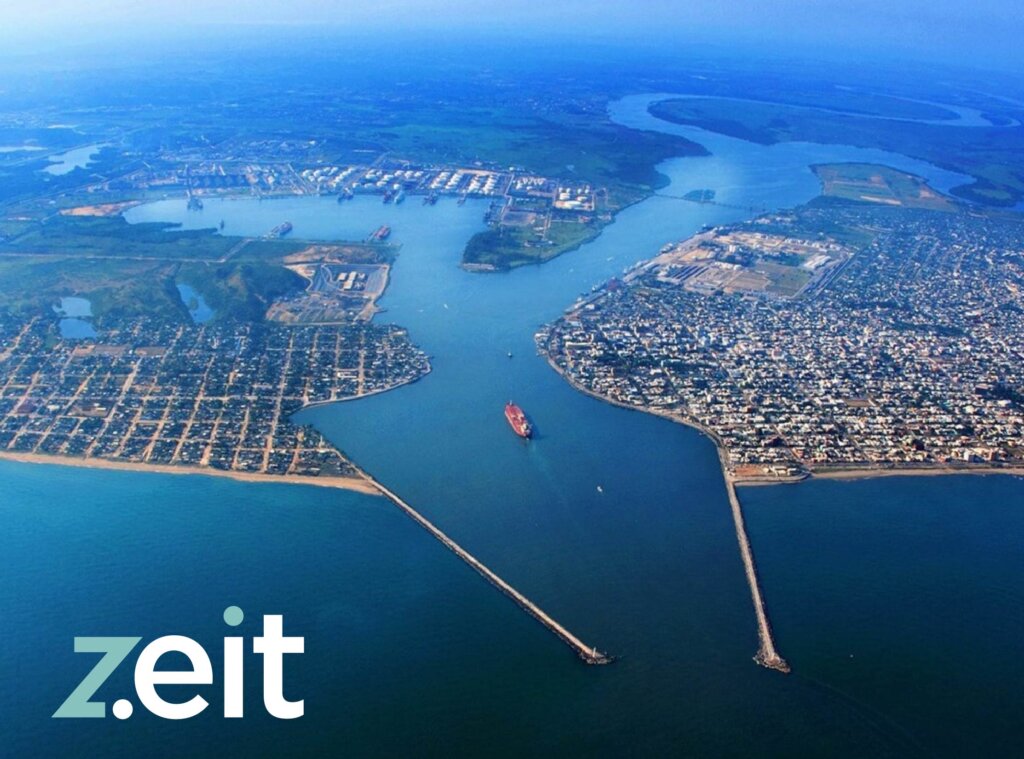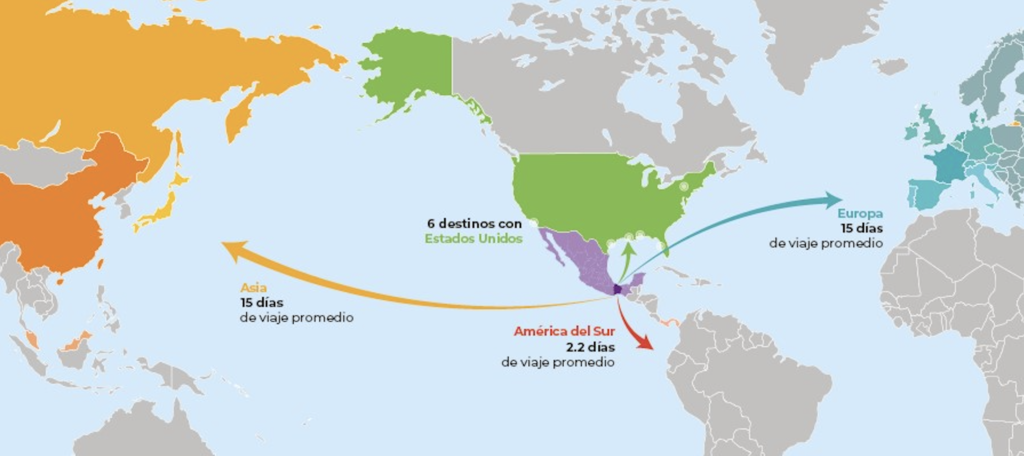
The current problems of the Panama Canal; the engineering marvel route that opened in 1914 and handles about 5% of maritime trade.
So far, the number of ships that can transit this waterway has been greatly reduced this year due to the shortage of water for the locks. The canal authority also limits the depth to which a vessel’s hull can be submerged, known as draft, which significantly reduces the weight it can carry and which leads to skyrocketing costs and delivery delays, the latest example of how crucial parts of global supply chains can abruptly conflict the flow of the operation.
Without a new water source, the canal could lose significant amounts of business. Other ocean routes are, of course, longer and more expensive, but are less likely to have unpredictable delays.
One possible alternative was to transport goods between Asia and the United States through the Suez Canal to the east coast and the gulf coast, however, it also presents problems….
Navigation of commercial vessels through the Suez Canal, which connects the Red Sea to the Mediterranean, was reduced during January by 30% as a result of cross attacks between Yemen’s Houthi rebels and the United States.
Many shipping lines have opted in recent weeks to avoid the Red Sea, a vital route for trade between Asia and Europe, and have been forced to skirt the southern tip of the African continent and pass the Cape of Good Hope, at enormous additional cost and with ten to twelve extra days at sea.
An alternative that offers a cheaper and shorter route could be born from Mexican territory; the Interoceanic Corridor in Mexico.
The Interoceanic Corridor of the Isthmus of Tehuantepec is positioned as the best alternative to the Panama Canal and the Suez Canal in the face of current conflicts, andrepresents an incredible opportunity to position ourselves as leaders in global trade .
Let us remember that this work is not entirely new; part of the infrastructure to be used for this corridor, specifically the railroad tracks, was inaugurated 116 years ago, in 1907 by President Porfirio Díaz.
Taking advantage of the strategic location of the Isthmus of Tehuantepec, in the narrowest space in North America, the Corridor creates a multimodal logistics platform that connects the Pacific Ocean with the Atlantic Ocean.

Source: Government of Mexico
The logistics platform integrates the ports of Salina Cruz, Coatzacoalcos, Dos Bocas and Puerto Chiapas. They have access to the southern United States, Europe, America and Asia, which are the points of connection between the Pacific and Atlantic oceans, facilitating national and international trade.
They are linked to a network of more than 1,200 km of railroads that connect the states of Chiapas, Oaxaca, Tabasco and Veracruz, highways and airports; thanks to this connectivity, there is an optimization of supply chains and a strengthening of the region’s strategic position in the world.
The Interoceanic Corridor represents an immense opportunity to position ourselves as leaders in global trade, and will also be an important magnet for investment, with tax incentives, a free trade zone, customs precincts, tariff reductions, a single window for procedures, as well as the development of housing zones and nature reserves.
The CIIT will connect Mexico with the United States, South America, Asia and Europe.

Source: Government of Mexico
Mexico is a country with an ideal location for business, being a natural bridge between the Atlantic and the Asia-Pacific region thanks to its extensive coastline. The Isthmus of Tehuantepec, with 300 km of distance between the Pacific Ocean and the Gulf of Mexico, offers a strategic position for inter-oceanic transportation and the exit of products to the continent and the world.
It is necessary to address a large number of fronts for the optimal development and success of the CIIT, among which the following stand out;
- Improvement of highways and rural roads
- Construction of gas pipelines
- Modernization of airports to enable them to serve as cargo terminals
- Installation of fiber optic cables throughout the project to strengthen digital connectivity.
- Ensure security along this land route with respect to crime, road blockages or the susceptibility to natural disasters in the area.
- Construction of breakwaters and expansion of the draft in the ports of Coatzacoalcos and Salina Cruz, which would allow the berthing of state-of-the-art ships.
The project to link the two Mexican coasts is quite attractive and enthusiastic, however, the lack of information is generating speculation. Nevertheless, Mexico may be on the way to positioning itself as a salvation alternative to a global problem.
